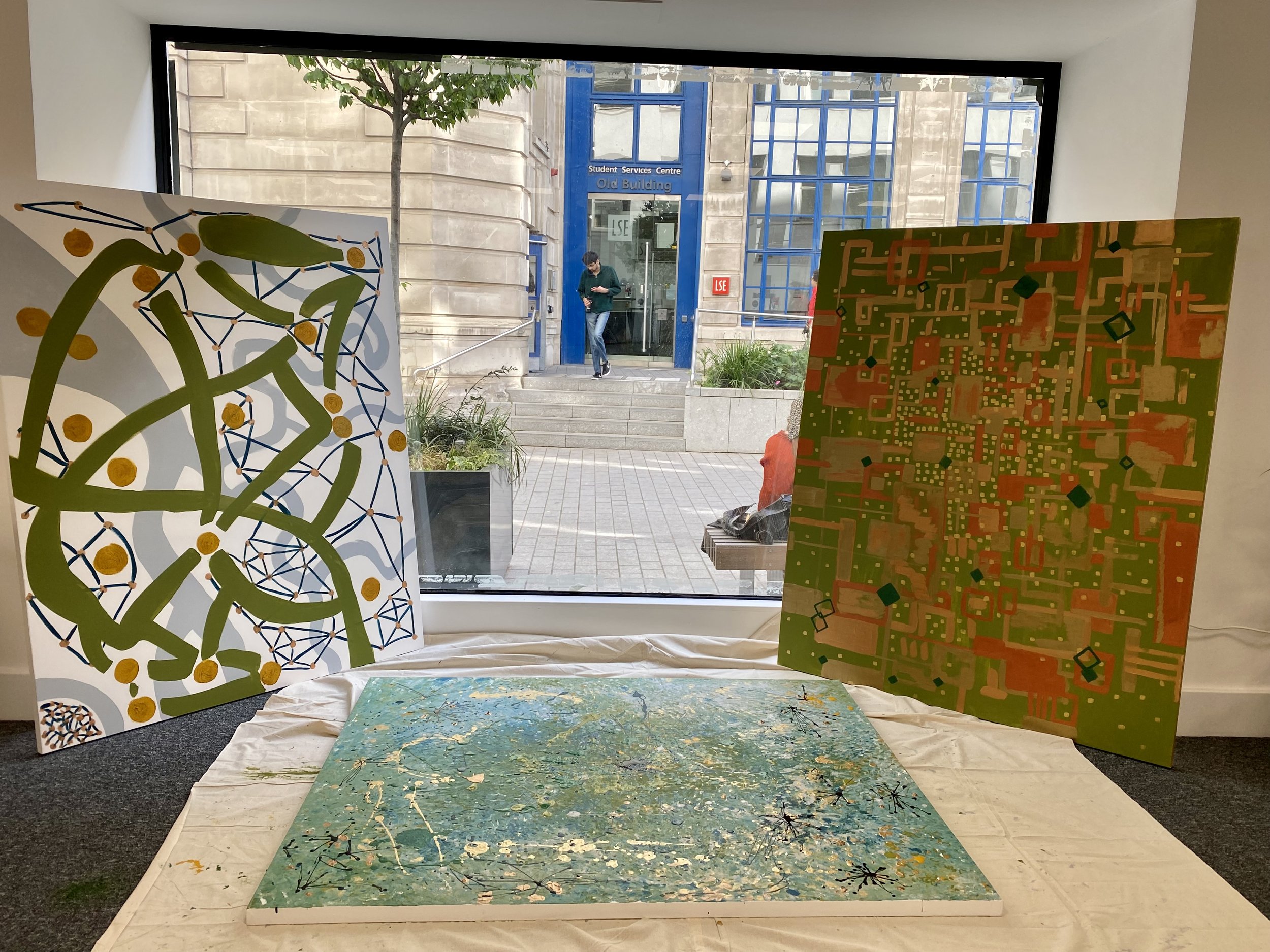Inter-disciplinary abstract art workshop focused on how we might learn to reconcile our capacity to see the world not only in part, but in whole. Philosophical underpinnings are based on the work of philosopher/neuroscientist, Iain McGilchrist, and applied to the current global urban condition, specifically drawing upon ideas by Niel Brenner, Joyce Hsiang and Bimal Mendis. A combination of discussion and painting exercises will flesh out ideas on how we might re-conceptualise our global population into one seamless landscape: What if the Entire World Lived in One City?
Today the world is facing intertwined challenges of food, water and energy security, coupled with climate change, desertification and shrinking forests. Within a few decades' time, we can expect the planet to become more crowded, resources more precious, and innovative urban planners increasingly important.
By midcentury, the global population will likely top nine billion, and more than half of us will live in cities. What will these cities look like? Will we have the resources to power them and comfortably provide for their residents? Will global urbanisation harmonise with efforts to curb climate change and secure a sustainable future?
We can approach cities through a narrow focus on an individual building or a neighborhood or one particular metropolis or expand the investigation to consider the whole global system of cities and their interconnectedness, with each-other and within what is traditionally considered rural. What's more, we can think about cities as built environments, social networks, modified ecologies, economic systems and political entities.

